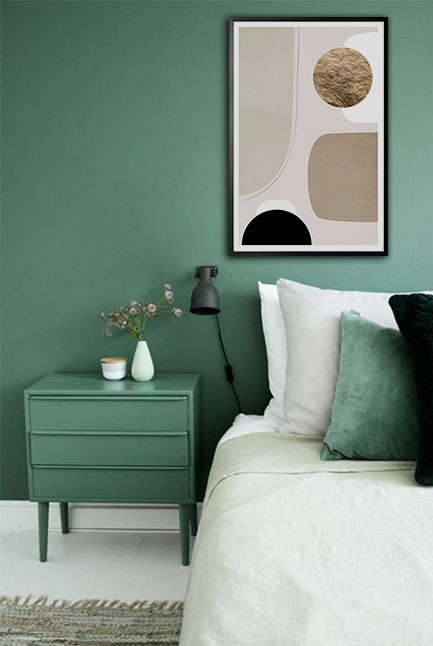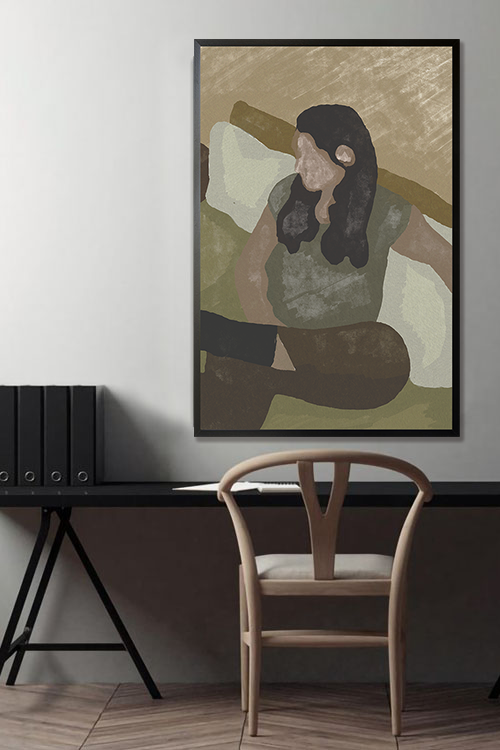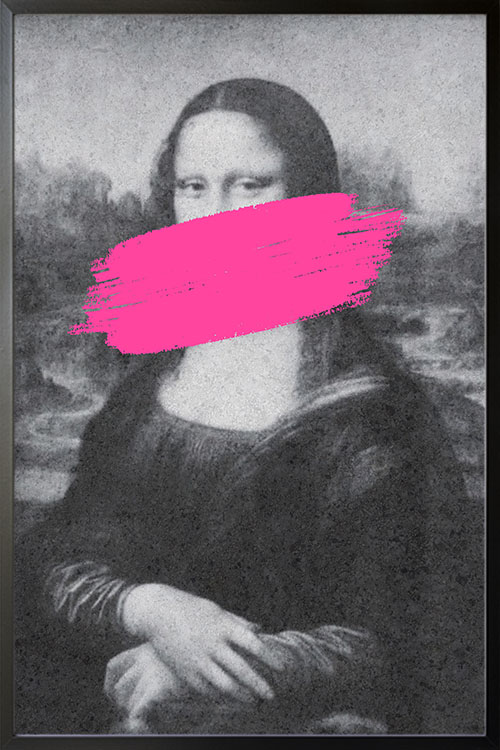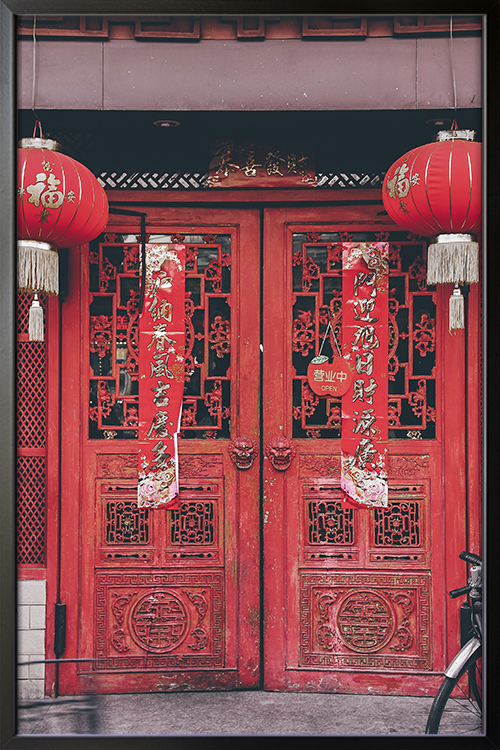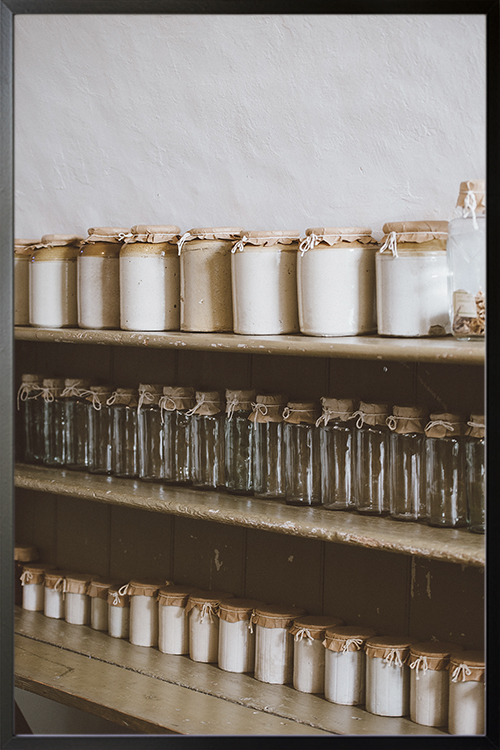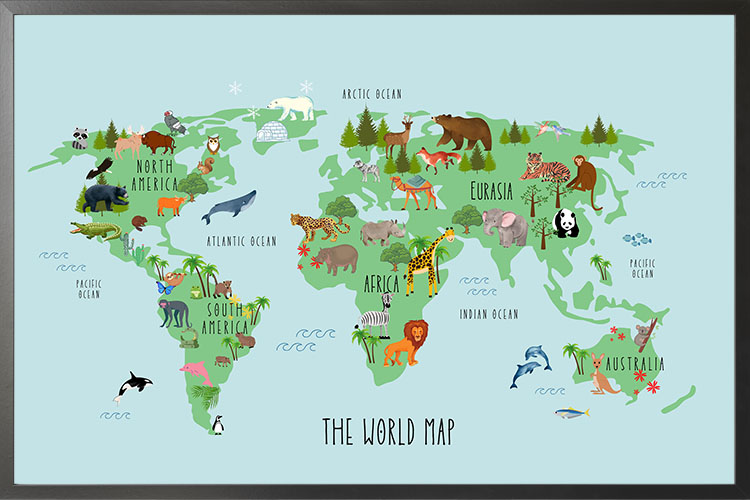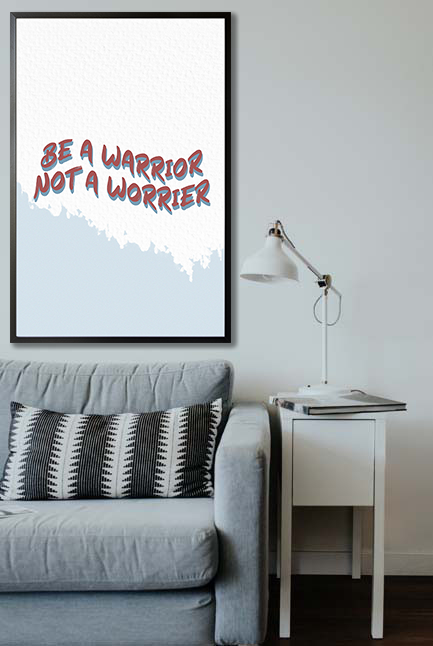
Posters come in different designs and sizes. The display of posters is one of the convenient ways to create an appealing and stimulating room. This is also true with large prints, as they can become the focal point of your room.
Posters emerged in the early 1700s, and many companies utilized this decor for promotional campaigns. Jules Cheret immortalized the concept and importance of posters in different means. Posters that feature various artworks must not be kept in the dark. They need to be displayed to transform your rooms.
Large posters with different themes can be displayed in your rooms to make the interior look more exciting and spectacular. These prints can also help create a piece that is appropriate for your interior design style. Learn about large posters and how to display them to add beauty to your walls.
Create a wall gallery in your space
Posters come in different designs and can be retro to contemporary art. In many instances, posters are displayed in whatever way possible. The fact is that there are creative ways to display posters, huge ones, without destroying the visual appeal of the wall.
Posters also come in different sizes. If you plan to maximize the use of your walls, creating a wall gallery is one of the innovative ways to display your posters. A wall gallery can be made by planning the proper layout. The prints must be able to blend well with the theme of the room as well as the color scheme. A wall gallery with posters of the same size appears clean and sophisticated.
When displaying large posters, it is highly recommended to let them stand alone on a wall. For example, images of the city skyline or any architectural structure can be the focal point of the living room or the foyer. Large posters can be displayed readily. Place them on the wall and mark the corners lightly with a pencil. Cover the back of the poster with a decoupage medium. With the use of a dry cloth, smoothen any bubble formation. Once the decoupage is completely dry, paint several coats of polyurethane over the background wall.
You may also opt to cut the large poster into smaller squares. Use small frames for each square and arrange them on the wall to create a wall gallery. The frames should preferably be of the same size, style, and color.
Create a focal point with large prints
A focal point is an object in a room that catches the attention of anyone. The object can be anything from a large flower vase to an exciting artwork. The walls are painted in plain and neutral colors. The display o a large poster can instantly add life to your wall.
You can choose from different designs that poster shops offer. In format, a wide range of attractive designs can make any room look vibrant. Some popular designs that can be displayed in large prints are images of landscapes, nature, architecture, and tourist destinations. These designs will create a focal point worth flaunting on your social media.
